Solar Panel Inspection Across Ohio
Professional solar panel inspection in Ohio, using cutting-edge drone technology for accurate testing and upkeep.
Routine Solar Panel Inspections in Ohio are Crucial
Regular electrical inspections using infrared thermography can protect your workplace by detecting potential issues early on. Advanced infrared cameras are employed to identify anomalies and heat patterns in electrical systems, effectively identifying components operating at elevated temperatures.
Spotting these hotspots early enables timely intervention, stopping problems from growing into more severe issues like equipment damage, electrical failures, or, in the worst case, fire hazards. This proactive strategy not only prevents unexpected downtimes but also lowers the risk of costly replacements or repairs.
Advantages of Infrared Drone-Based Inspections
Over Traditional Methods
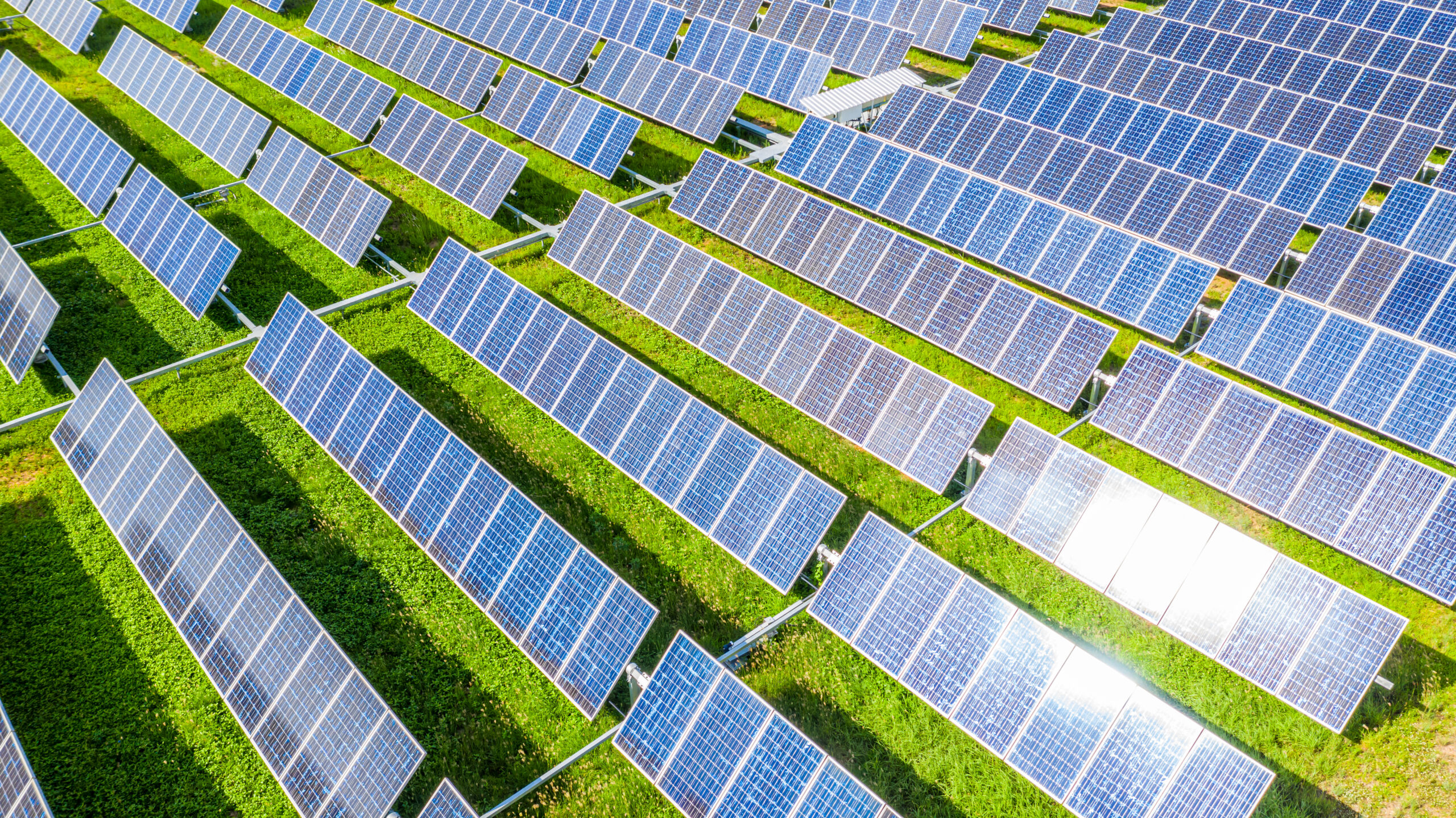
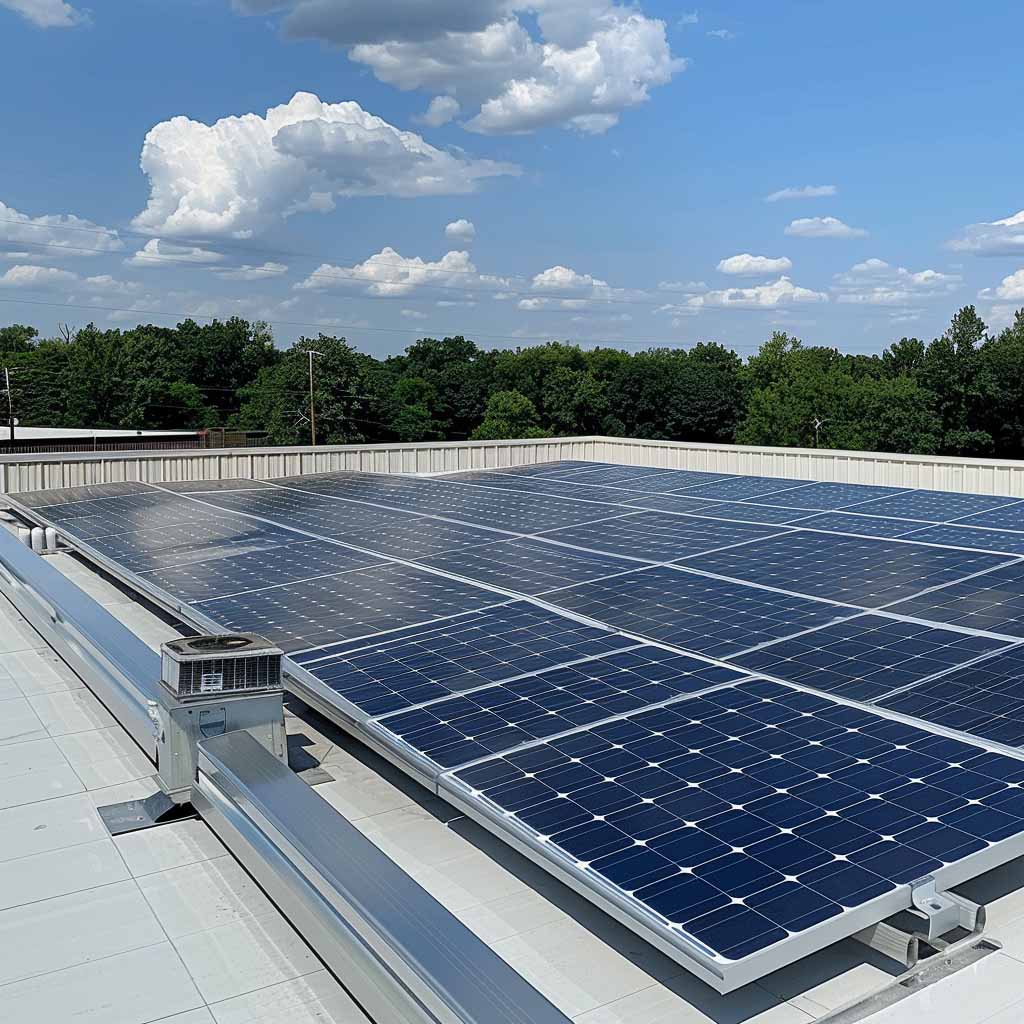
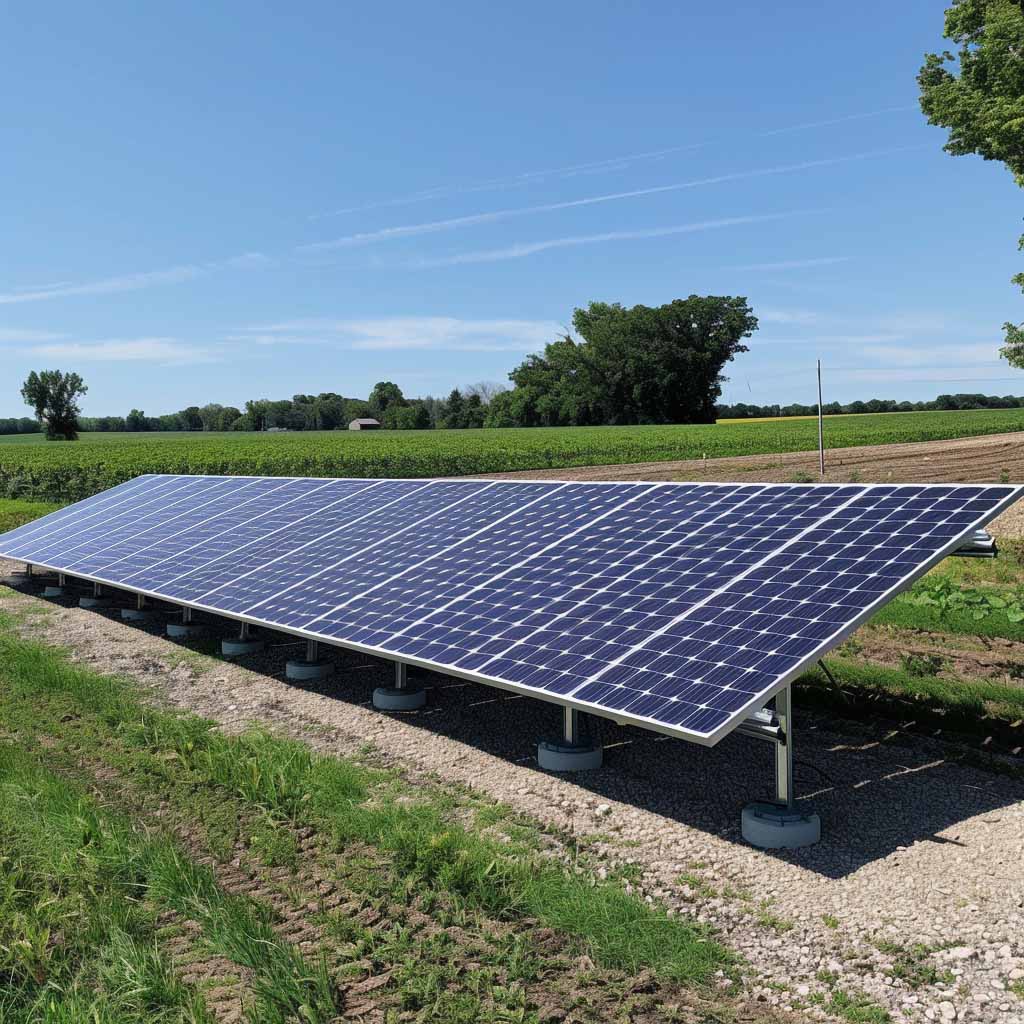


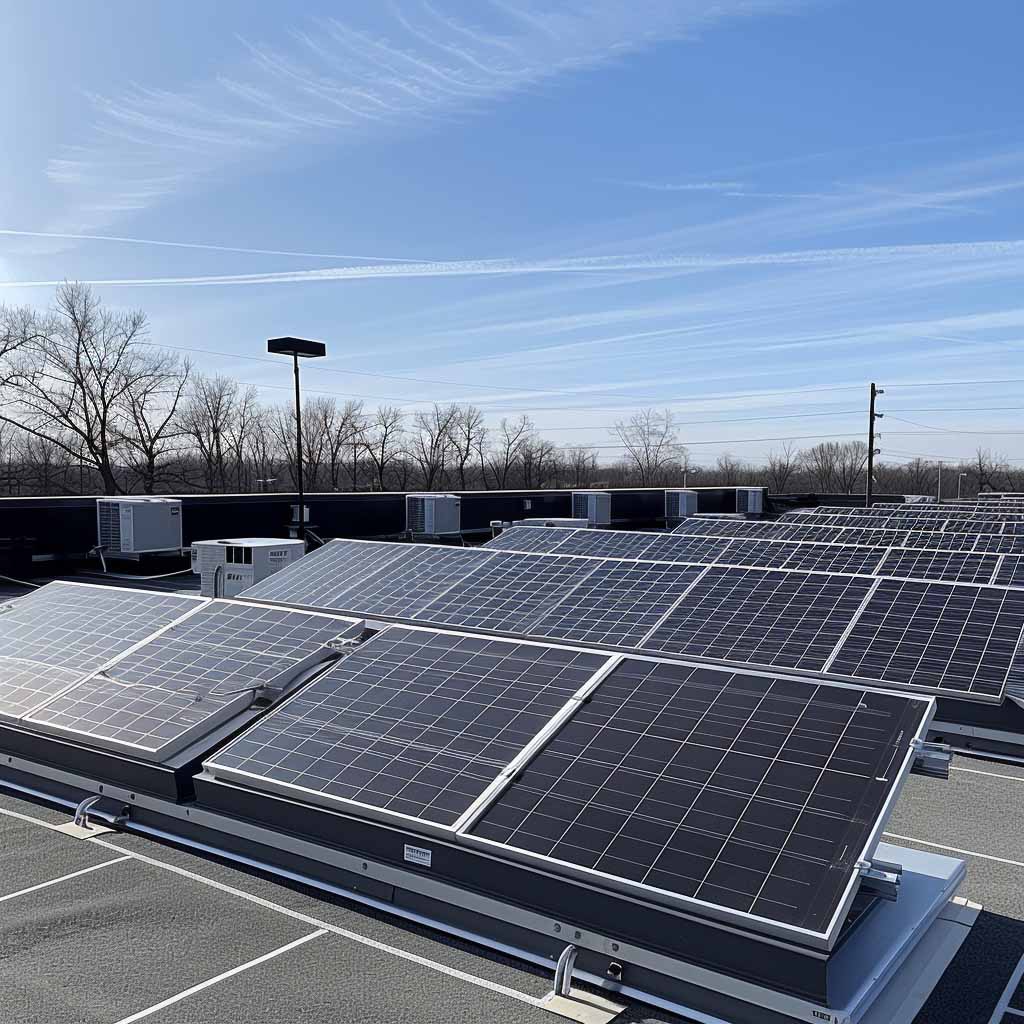


Detailed Inspection Processes and Technologies
Drone Technology Ensures Efficiency and Safety
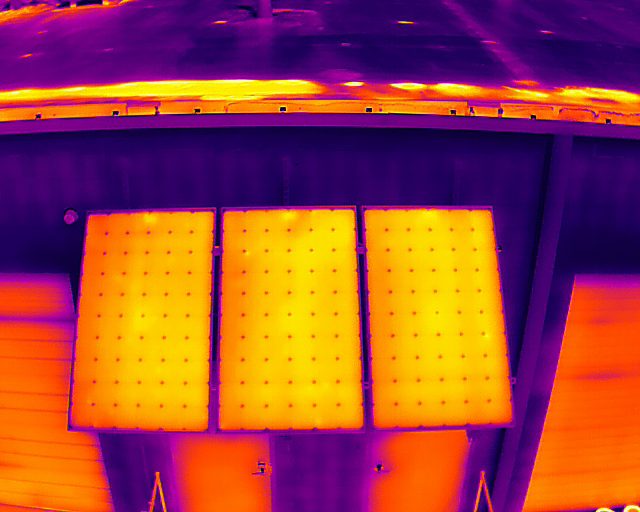

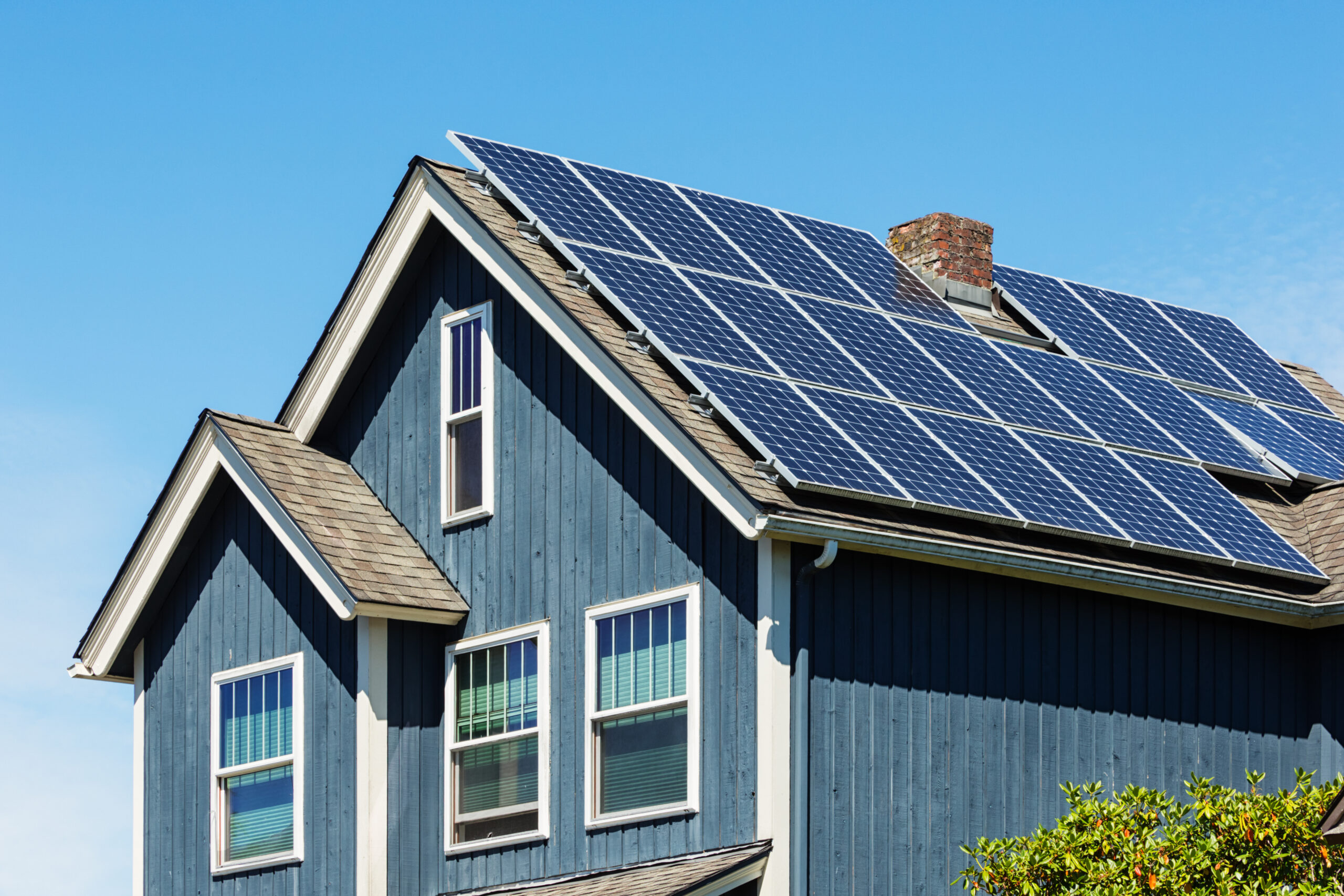




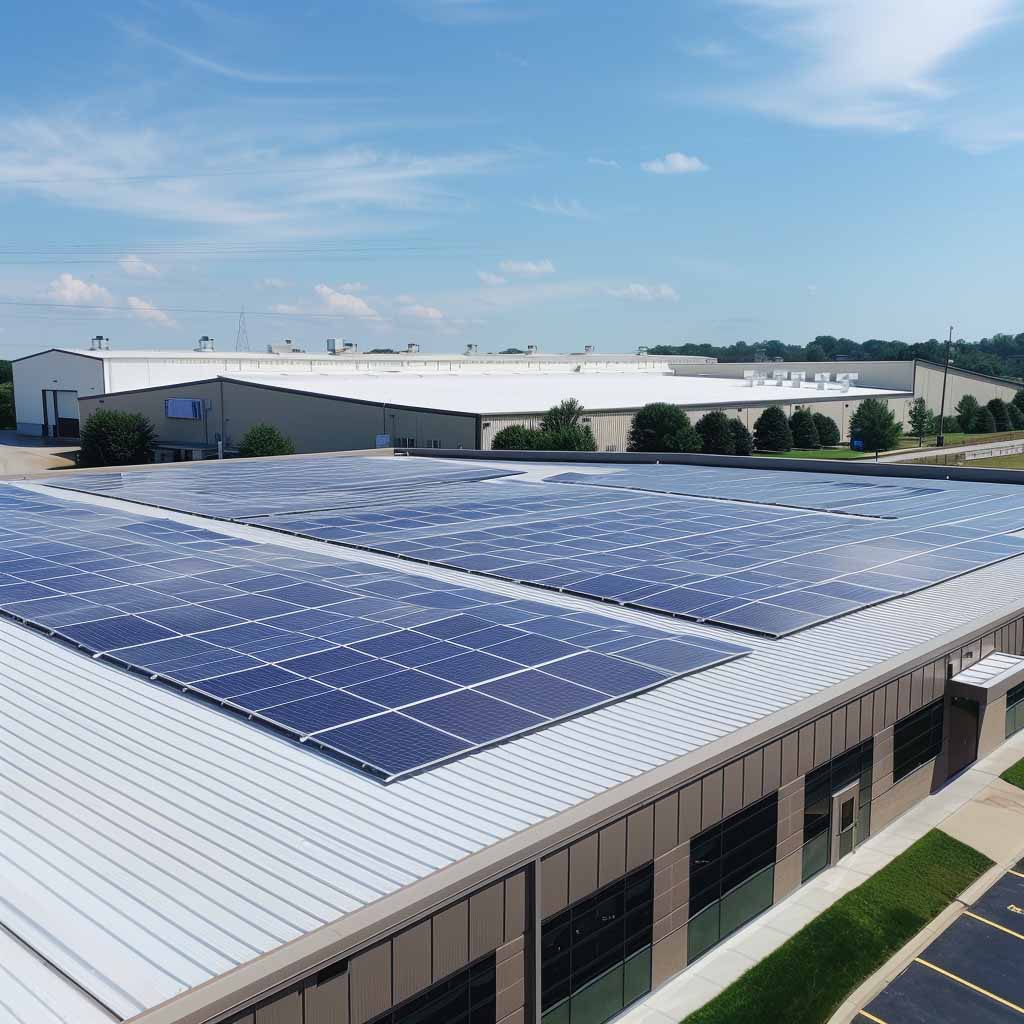

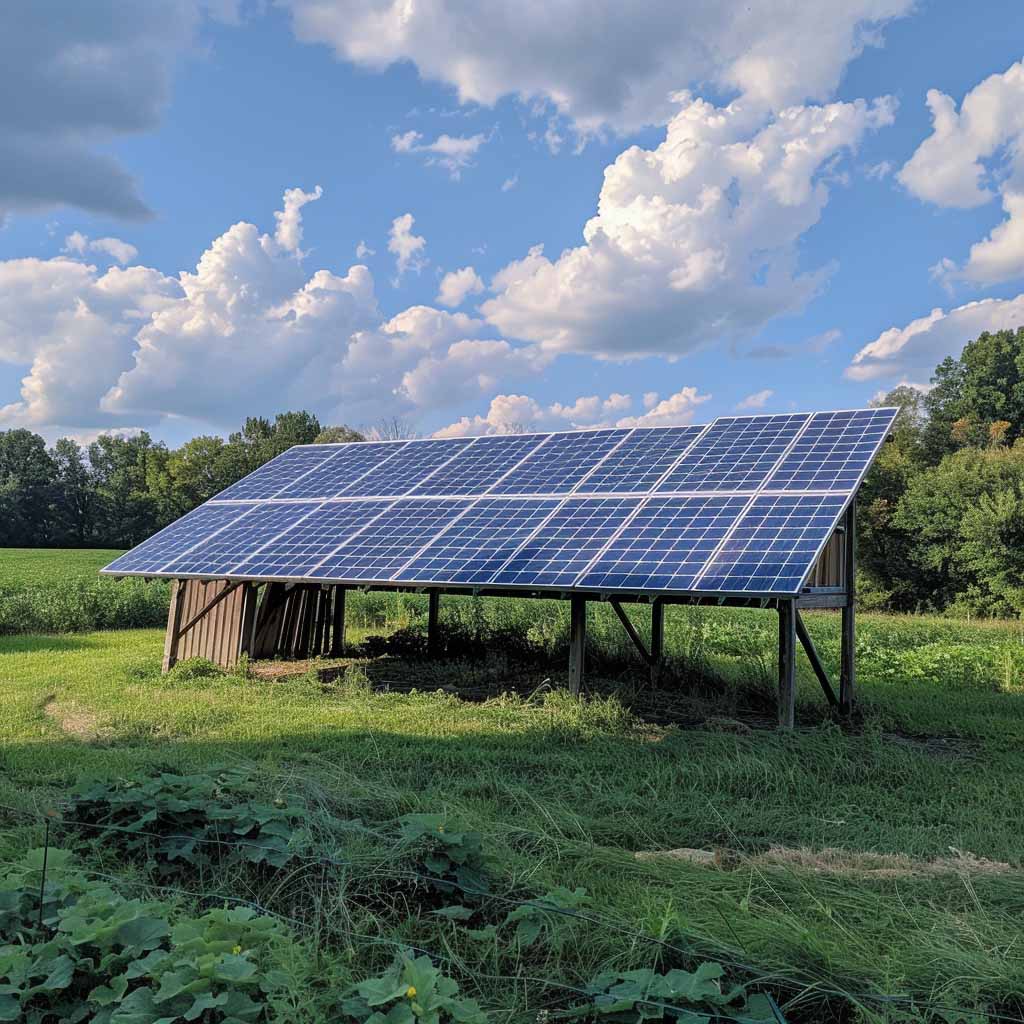

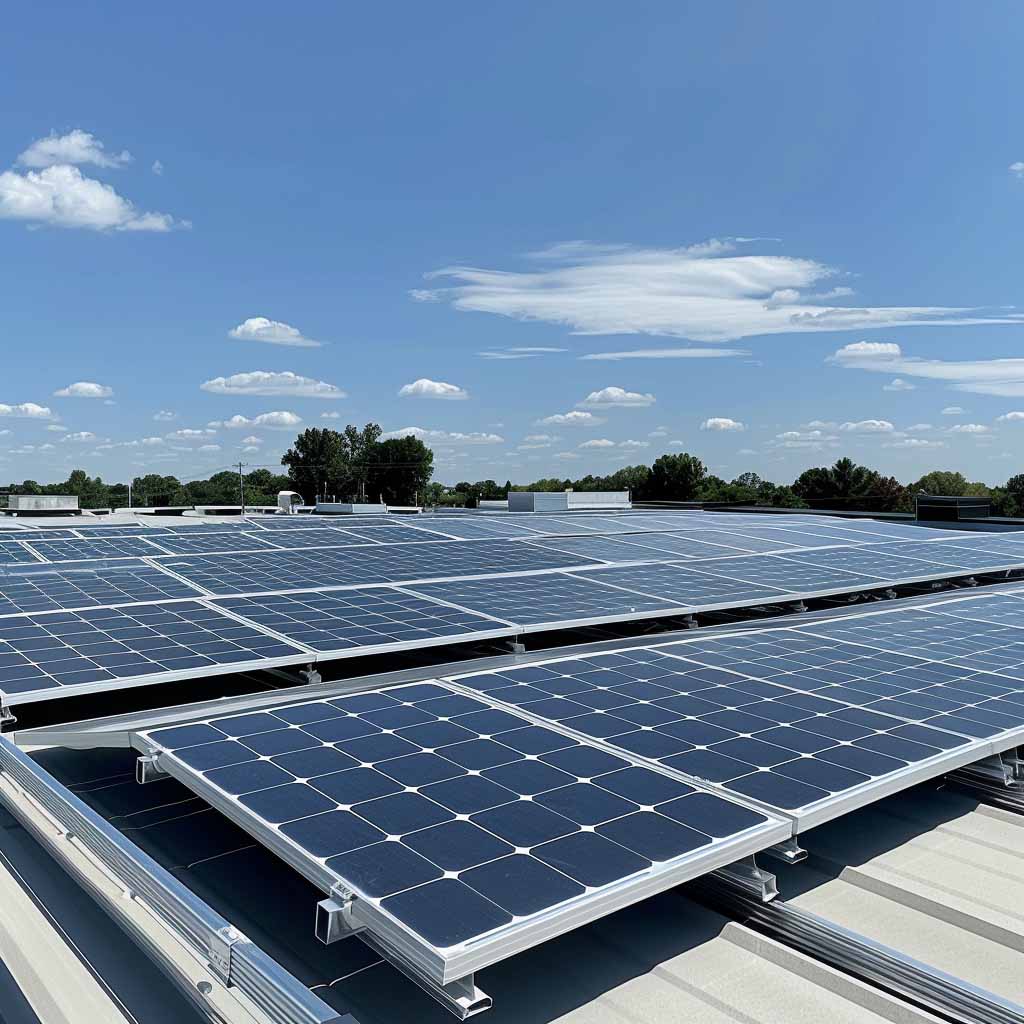

Specific Inspection Services in Major Ohio Cities
Drone vs. Manual Inspections
Enhanced Efficiency through Drone Technology
Improved Quality and Data Volume
Identifying Solar Panel Defects
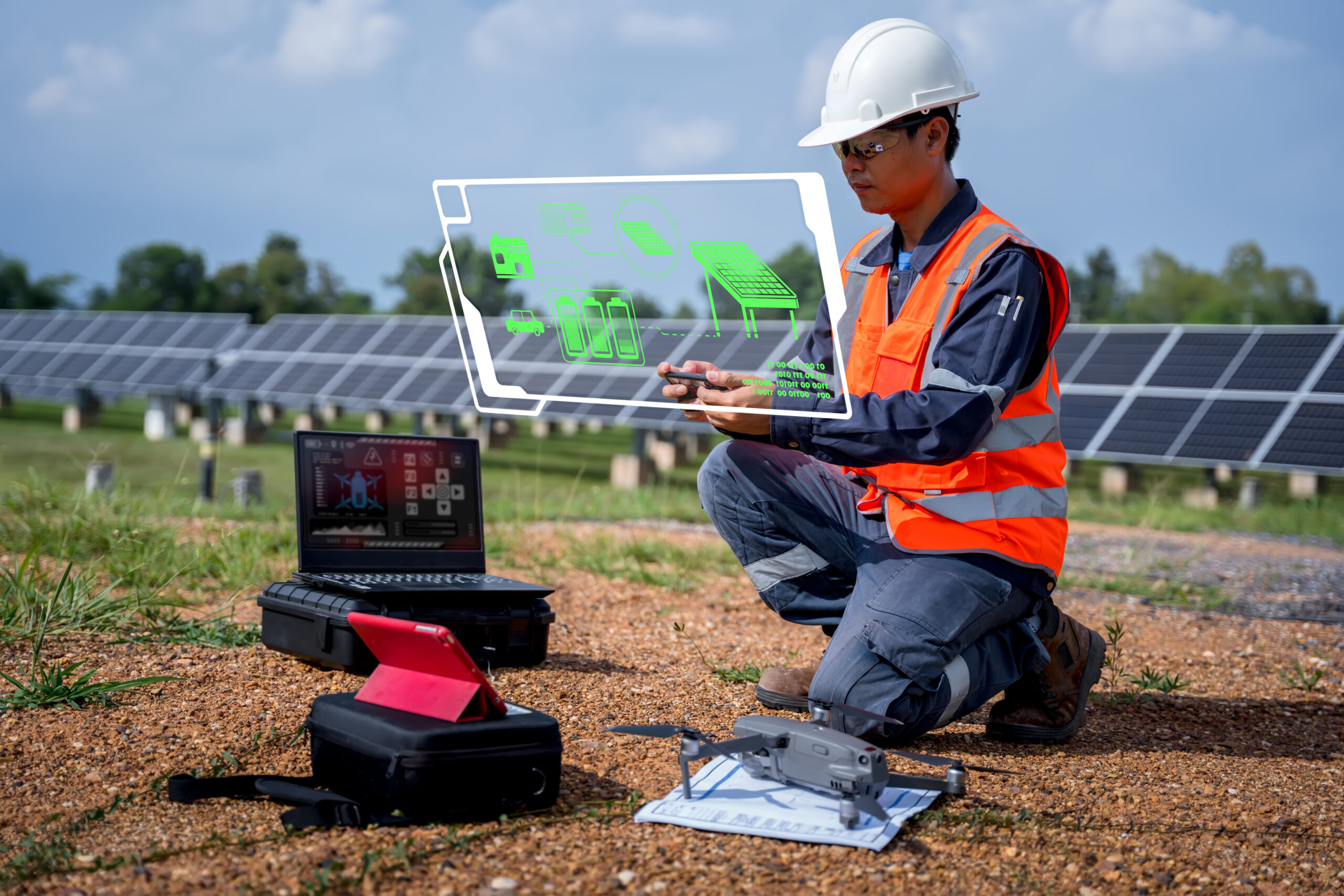







Conclusion
Drones have changed the way solar panel inspection is done in Ohio. Solar panels are now safer, more efficient, and longer lasting because of drone maintenance programs.
This significant shift in solar health monitoring promises a brighter, more sustainable future. For comprehensive solar inspection services, contact Home & Commercial Inspections today.
